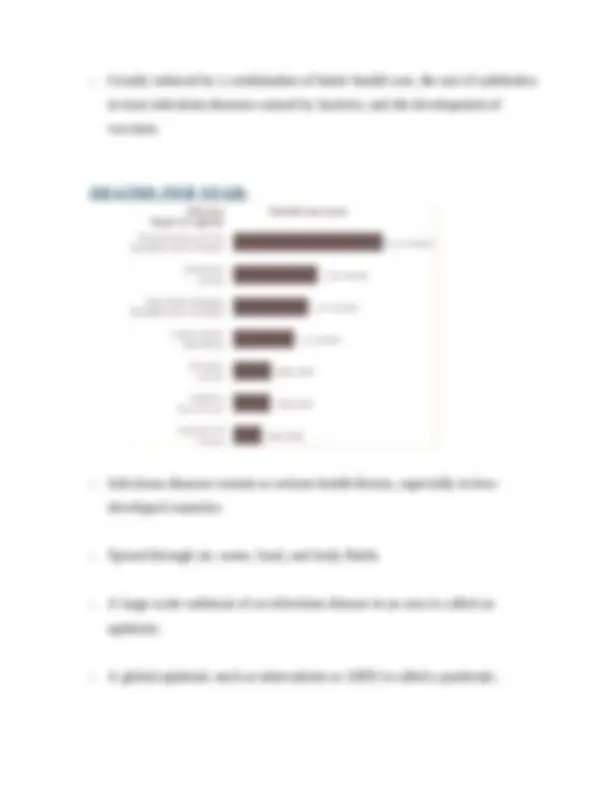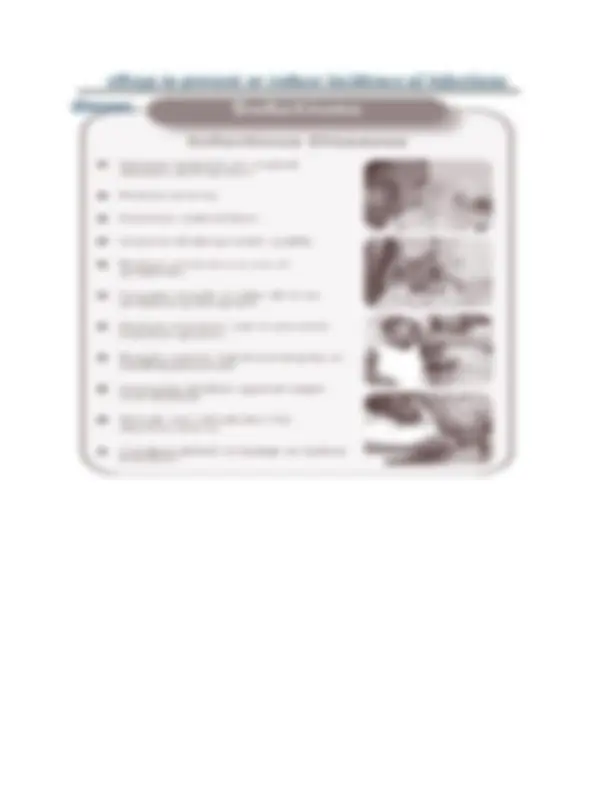




Study with the several resources on Docsity

Earn points by helping other students or get them with a premium plan


Prepare for your exams
Study with the several resources on Docsity

Earn points to download
Earn points by helping other students or get them with a premium plan
Community
Ask the community for help and clear up your study doubts
Discover the best universities in your country according to Docsity users
Free resources
Download our free guides on studying techniques, anxiety management strategies, and thesis advice from Docsity tutors
This file is more about the Biological Hazards
Typology: Lecture notes
1 / 4

This page cannot be seen from the preview
Don't miss anything!



Types of Hazards:
- Viruses are smaller than bacteria and work by invading a cell and taking over its genetic machinery to copy themselves. They then multiply and spread throughout one’s body , causing a viral disease such as flu or AIDS. - A transmissible disease is an infectious bacterial or viral disease that can be transmitted from one person to another - A nontransmissible disease is caused by something other than a living organism and does not spread from one person to another. o Examples include cardiovascular (heart and blood vessel) diseases, most cancers, asthma, and diabetes. o - In 1900, infectious disease was the leading cause of death in the world.
sWays to prevent or reduce incidence of infectious disease: